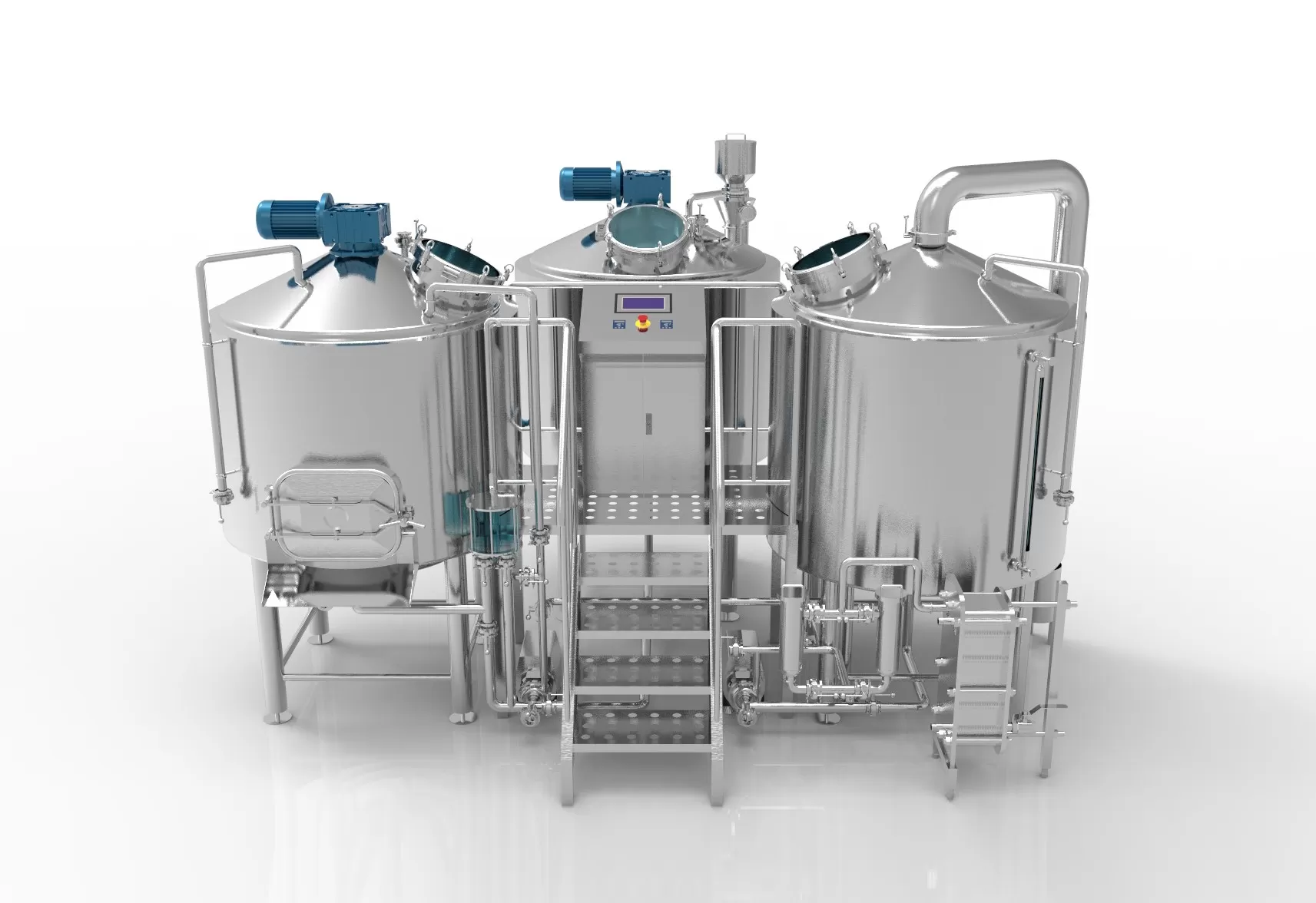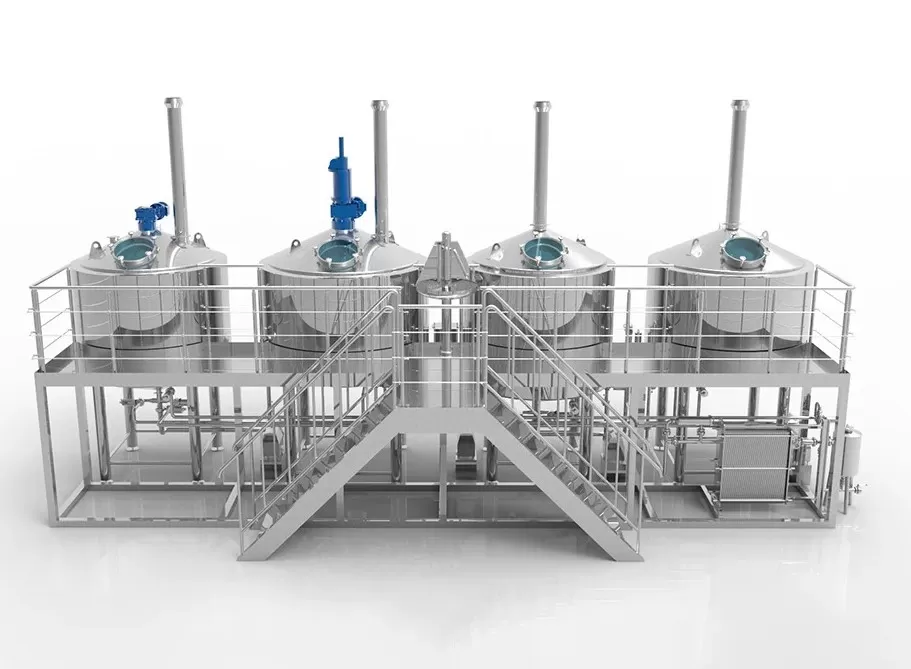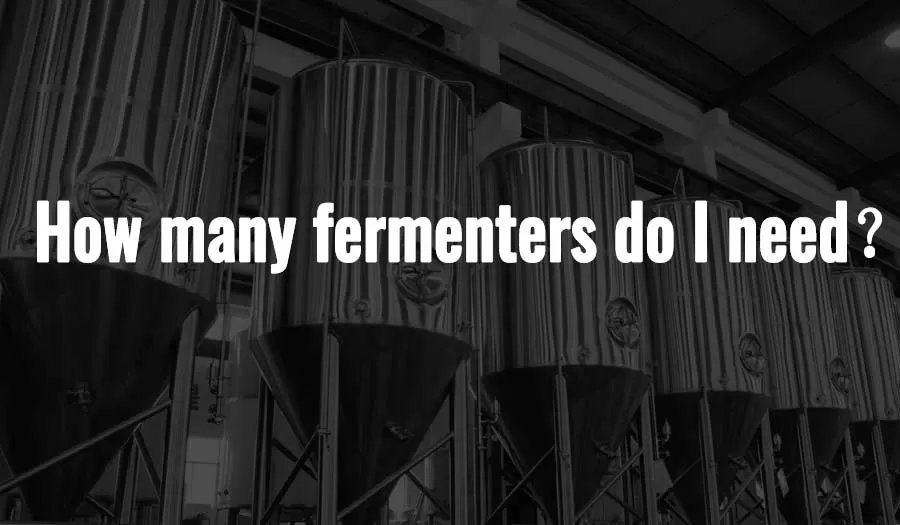When starting a brewery or expanding an existing one, one of the most crucial decisions you’ll make is determining how many fermenters you need. Fermenters are essential in the brewing process, allowing for the conversion of wort into beer through the addition of yeast. The number of fermenters required will depend on several factors, including the size of your brewery, the types of beer you’re brewing, and your production goals. In this article, we’ll explore these factors and provide guidance on determining how many fermenters you need for your brewery.
Brewery Size
The size of your brewery is a critical factor in determining how many fermenters you need. A smaller brewery with limited space and production capacity may only require a few fermenters, while a larger brewery with a higher production volume will need more. Consider your available space and production goals when determining how many fermenters to purchase.
Types of Beer
Different types of beer require varying fermentation times and temperatures, which can impact how many fermenters you need. For example, lagers typically require longer fermentation times and colder temperatures than ales. If you plan on brewing a variety of beer styles, you may need more fermenters to accommodate the different fermentation requirements.
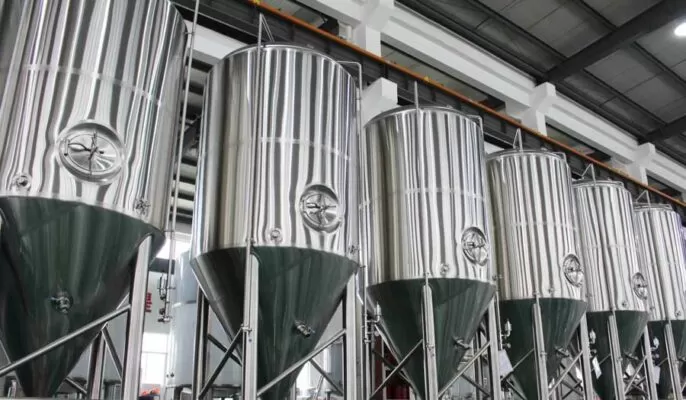
Production Goals
Your production goals will also impact how many fermenters you need. If you’re a new brewery, you may have modest production goals, and therefore require fewer fermenters. However, as your brewery grows and production volume increases, you may need to invest in additional fermenters to keep up with demand.
Calculating Fermenter Needs
Now that we’ve explored the factors that impact the number of fermenters required let’s take a look at some calculations you can use to determine how many fermenters you need.
Production Volume
The production volume is the total amount of beer you plan to produce in a given period, typically a year. To calculate how many fermenters you need based on production volume, divide your production volume by the number of batches you plan to brew per year, and then divide that number by the number of fermenters you plan to use for each batch.
For example, if you plan to produce 10,000 barrels of beer per year, and you brew 20 batches per year using two fermenters per batch, you’ll need a total of 200 fermenters.
10,000 barrels per year ÷ 20 batches per year ÷ 2 fermenters per batch = 200 fermenters
Turnover Time
The turnover time is the time it takes to empty and refill a fermenter. To calculate how many fermenters you need based on turnover time, divide the total time it takes to ferment a batch of beer by the turnover time, then multiply that number by the number of batches you plan to brew per year.
For example, if it takes 10 days to ferment a batch of beer, and your turnover time is 5 days, you’ll need two fermenters per batch. If you plan to brew 20 batches per year, you’ll need a total of 40 fermenters.
(10 days fermentation time ÷ 5-day turnover time) × 20 batches per year = 40 fermenters
Peak Production
The peak production is the maximum amount of beer you plan to produce at any given time. To calculate how many fermenters you need based on peak production, divide the peak production by the number of fermenters required for each batch.
For example, if your peak production is 1,000 barrels of beer, and you need four fermenters for each batch, you’ll need a total of 250 fermenters.
1,000 barrels peak production ÷ 4 fermenters per batch = 250 fermenters
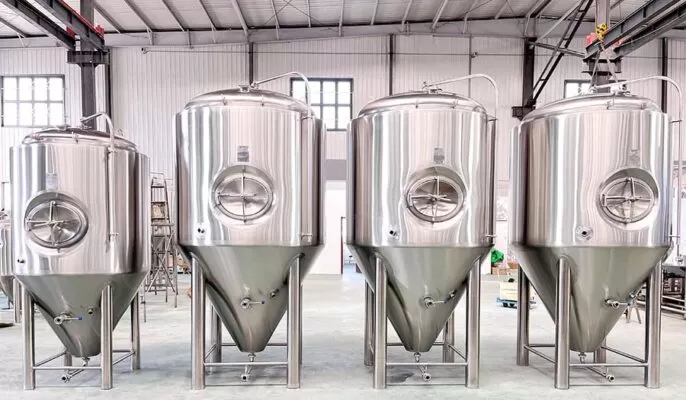
Conclusion
Determining how many fermenters you need for your brewery requires carefulconsideration of several factors, including your production volume, the types of beer you’re brewing, and your available space. By taking these factors into account and using the calculations we’ve provided, you can determine the number of fermenters required for your brewery.
Keep in mind that the number of fermenters you need may change as your brewery grows and evolves. It’s essential to regularly evaluate your production goals and adjust your equipment needs accordingly.
In addition to calculating the number of fermenters needed, it’s essential to consider the maintenance and upkeep required for your fermenters. Proper maintenance and cleaning are critical to the longevity and performance of your equipment.
Regular cleaning is necessary to prevent bacterial growth and ensure the quality and consistency of your beer. You should establish a cleaning schedule and follow manufacturer recommendations for cleaning and maintenance.
Investing in high-quality fermenters is also crucial. While it may be tempting to opt for cheaper equipment, investing in durable, well-made fermenters can save you money in the long run. Low-quality fermenters are more prone to leaks and other issues, which can result in costly downtime and repairs.
In conclusion, determining how many fermenters you need for your brewery requires careful consideration of your production volume, the types of beer you’re brewing, and your available space. By using the calculations we’ve provided and regularly evaluating your equipment needs, you can ensure you have the right number of fermenters to meet your production goals. Remember to prioritize maintenance and invest in high-quality equipment to ensure the longevity and performance of your fermenters.


